Hasan Kasa’i
(1927– )Kasa’i, Hasan (1927-), ney instrumentalist and the earliest ney player in the Gulha programmes, he is the most famous ney instrumentalist in Iran during the last sixty years (1956-2010). Born into an industrialist family in Isfahan, his father’s encouragement fostered his outstanding talent. His first instructor was Mihdi Nava’i Isfahani (1947) but he also studied with many other teachers, including Jalal “Taj” Isfahani, Adib Khwansari, and Akbar Khan Nawruzi. However, his main and favorite teacher was Abu’l-Hasan Saba who discovered his extraordinary talent when he was a child and spared no effort in teaching him. Saba’s unquestionable influence on his performance, from Kasa’i’s earliest recordings in 1949 down to those made half a century later, is quite noticeable. Before Kasa’i, the ney had not been used in any Radio orchestras in Iran, the clarinet or flute being used instead. Kasa’i revealed his talent and creativity in both solo performance on the ney, in performing alongside singers of classical music (avaz), and in accompanying other soloists as well as a full orchestra. The intimate, warm and charming sound of his instrument greatly contributed to the popularity of the Gulha programmes; it also garnered for him the support of Ruhu’llah Khaliqi and Davud Pirniya. Up until early 1349/1970, when other ney soloists like Hasan Nahid and Muhammad Musavi (Kasa’i’s most famous follower) joined the Gulha orchestra (the later Gulha-yi Rangarang and Gulha-yi Taza programmes), Kasa’i was the only ney instrumentalist in the Gulha. Even today, he still excels all other ney instrumentalists in terms of technique, creativity, and the transparency of the sound of his instrument. His exclusivistic mastery of the ney can be witnessed in many of his performances on the Gulha programmes. Setting aside the renowned long-drawn out ‘pulling’ character of the ney, and in this regard the obvious influence of Saba’s violin performance on him, at times it appears as if his instrument plays the role of a vocalist in a number of programmes, reflecting his profound erudition in Persian classical singing (avaz) and its delicacies. Contributing to these programmes, he made use of his intimate knowledge of Persian music (which is to be regarded other than knowledge of the Iranian musical modal system, radif, and repeat performances of the same), an expert knowledge of poetry, power of improvisation, not to mention the manipulation of the diverse technical possibilities of the ney’s adaptability as an instrument (many of which he himself pioneered and developed), to which he brought his own keen sense of hearing and abilities as a performer in the orchestra. Kasa’i was also a creative and talented setar instrumentalist, but seemingly as a token of his respect for Ahmad ‘Ibadi, the only setar instrumentalist of the Gulha, he did not perform on the setar in any of these programmes. It was only later, while teaching Persian classical singing (avaz) in Isfahan, that he played his setar to an enthusiastic audience on the Radio there. His performances with his favorite and prominent vocalists, Taj Isfahani and Adib Khwansari, are few in number. Kasa’i also performed alongside other vocalists with whom he was not intimate in terms of artistic taste. Among albums of his that have been released can be found: Az karan-i zinda-rud (“From the shores of zinda-rud,” Isfahan, Ava-yi Nuvin, 2004) and Ney-e Ustad Kasa’i (“The Ney of Maestro Kasa’i,” Tehran, Mahur, 1996). There is also a book entitled Az musiqi ta sukut (“From Music to Silence”) devoted to his life and works (Tehran, Nashr-e Ney, 1998)
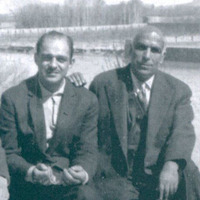
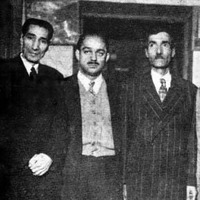
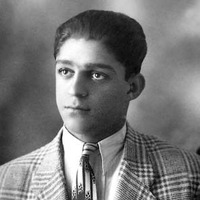
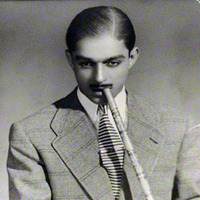
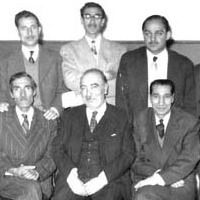
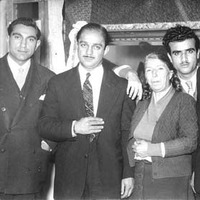
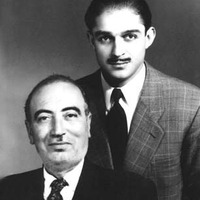
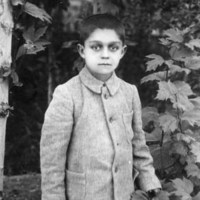
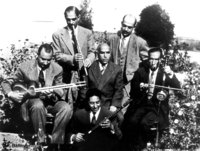
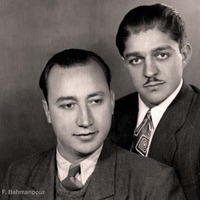
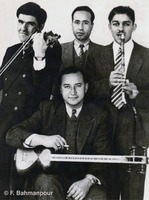
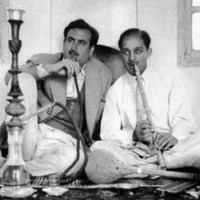
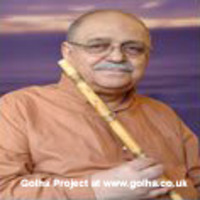
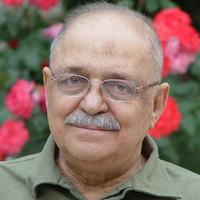
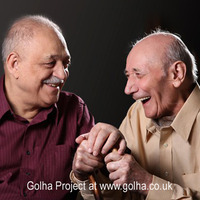
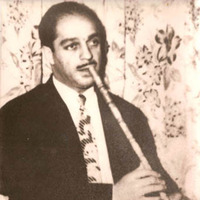
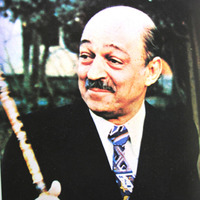
 In association with The Iran Heritage Foundation © All rights reserved 2025. Jane Lewisohn | Website by
In association with The Iran Heritage Foundation © All rights reserved 2025. Jane Lewisohn | Website by